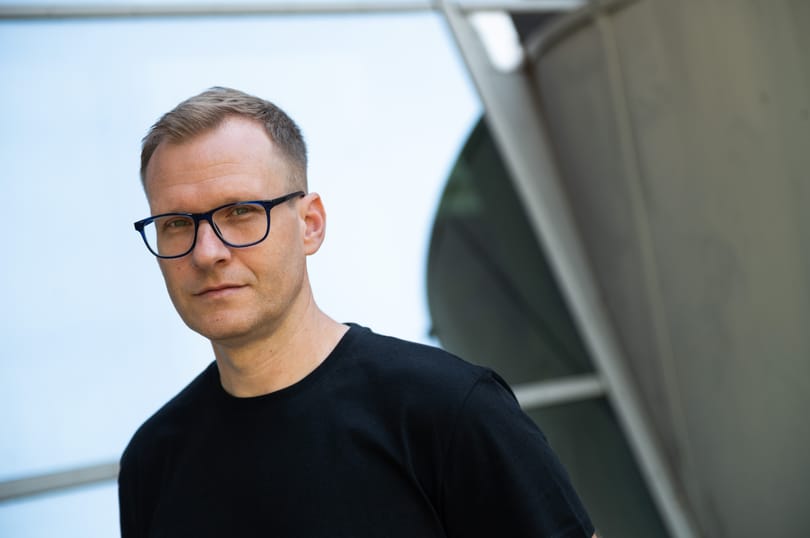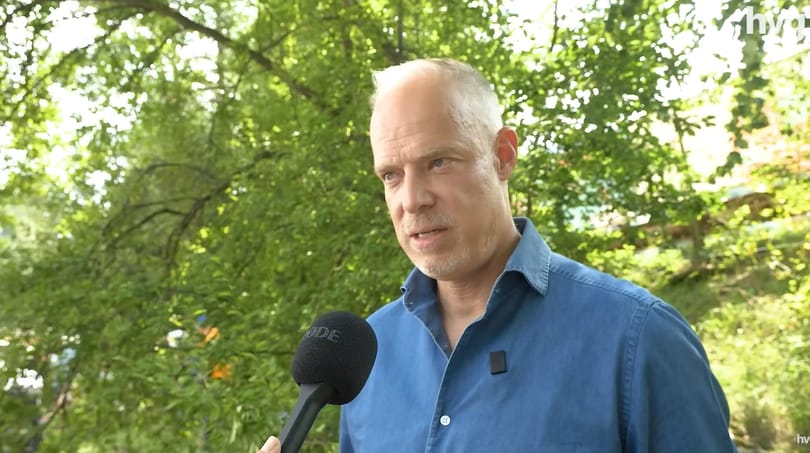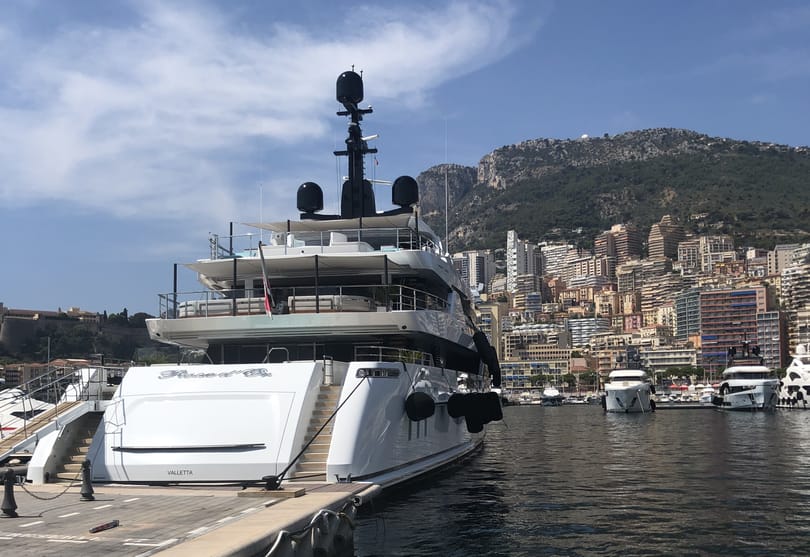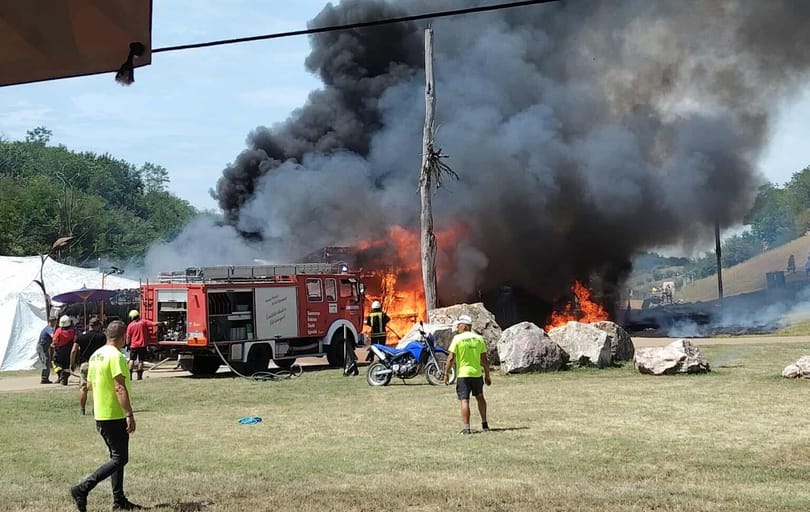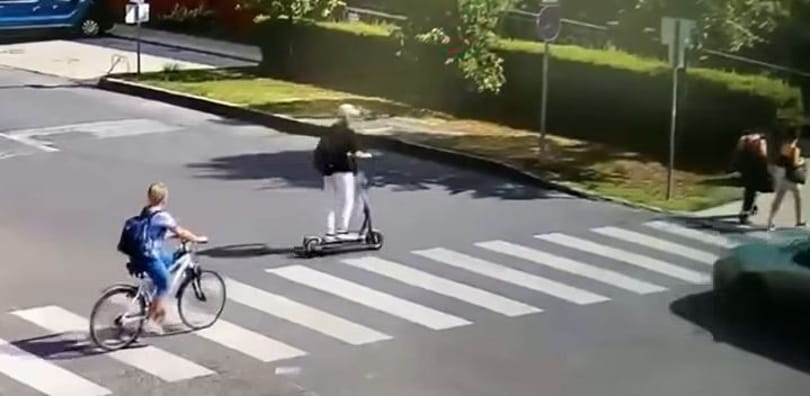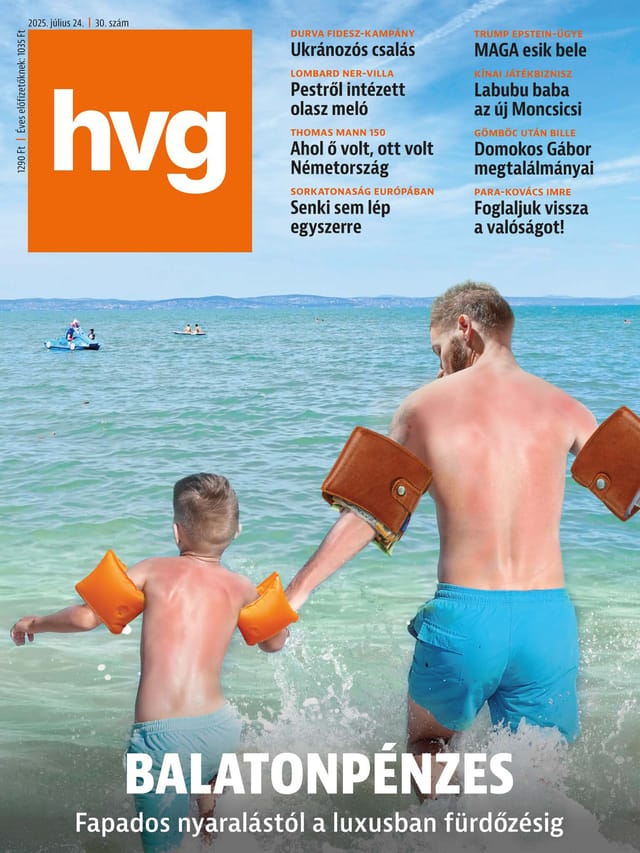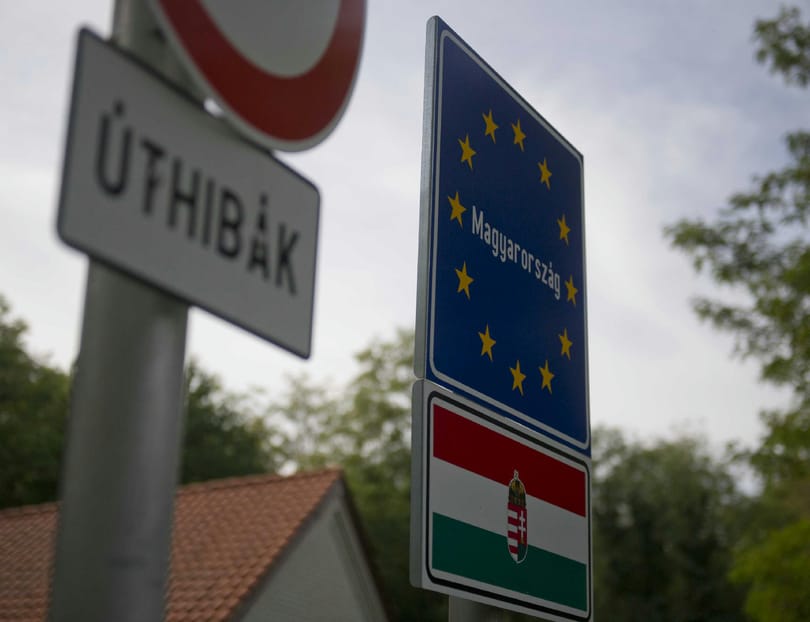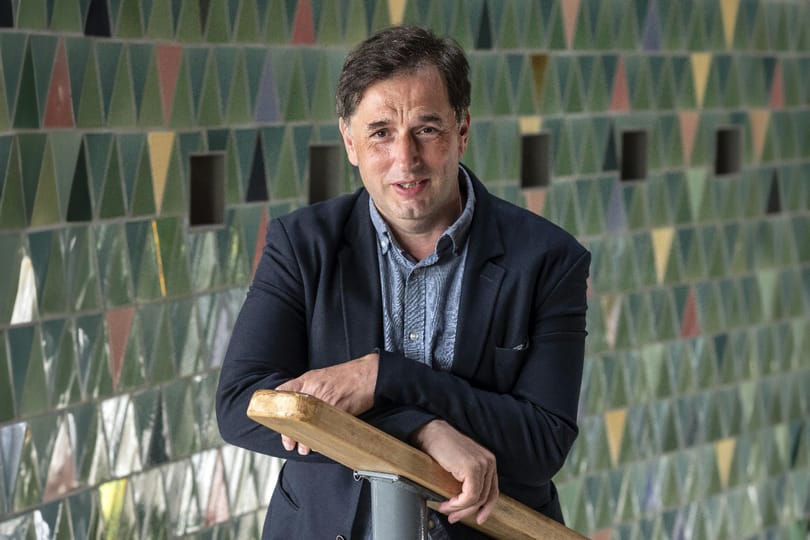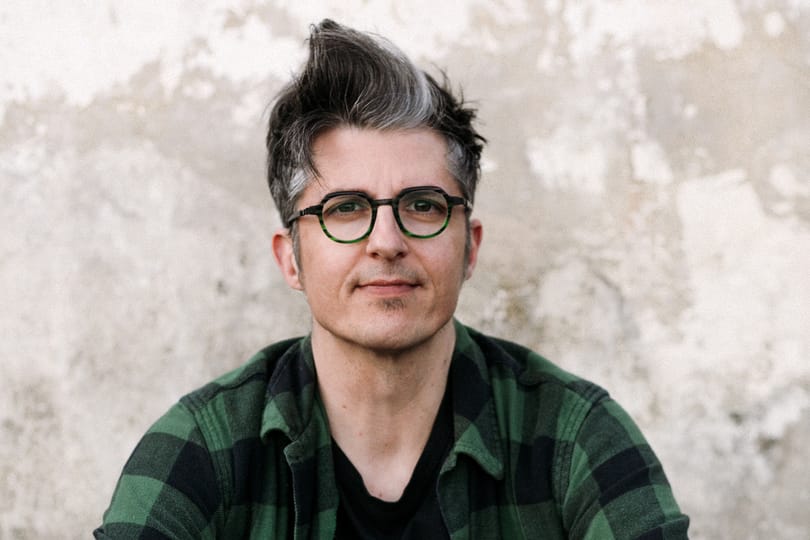Squabbles between the commissioners and the contractors suggest that costs of building the first 7.3km stretch between Kelenfold and Keleti stations could be far higher than the HUF88bn originally budgeted for.
Modifications to the original plan for the Fovam ter station could cost as much as HUF2bn more than planned, HVG has learned. The tunnel in which the metro will connect with the number two tram will have to be made deeper and wider than expected. Part of the tunnel underneath the listed Market Hall building will have to be demolished.
Since 1998, construction engineers have been arguing over whether the number two tram should remain on Fovam ter after the building of the metro. In the end, Istvan Schneller, Budapest's chief architect, won the argument, and it was decided in 2002 that the trams would stay.
While the arguments were raging, the city engineering office prepared two alternative plans. Both plans involved retaining the tram's tunnel underneath Fovam ter. For a while, there was a possibility of rebuilding the tunnel allowing the 49, 47 and number two trams all to meet on the surface, but this option was eventually rejected.
At the same time, the council of the ninth district demanded that if the tunnel were to stay, it would have to be extended to the main entrance of the Budapest Corvinus University (the former Budapest School of Economics). This would allow for a park to be built in front of the university and would have allowed the ramps in front of the building to be removed. This makes it necessary to deepen the tunnel, however, and would mean that parts of the Market Hall would have to be demolished. Such major works require permission from local authority planning officers, raising costs by HUF2bn.
Laszlo Gulyas, head of the metro project, is fully aware of the situation. He said the city government's vision for public transport had changed radically since the drawing up of the original plans, making them useless as a basis for carrying out the project.
Further changes are on the way. The fourth metro is intended to intersect with a planned fifth metro underneath Kalvin ter. The fifth metro will connect the Csepel and Szentendre suburban railway lines underneath the city centre. But plans for the fifth metro are so embryonic, that contractors working on the fourth metro have no idea how deep the tunnel at Kalvin ter should be dug.
Anett Sipos




